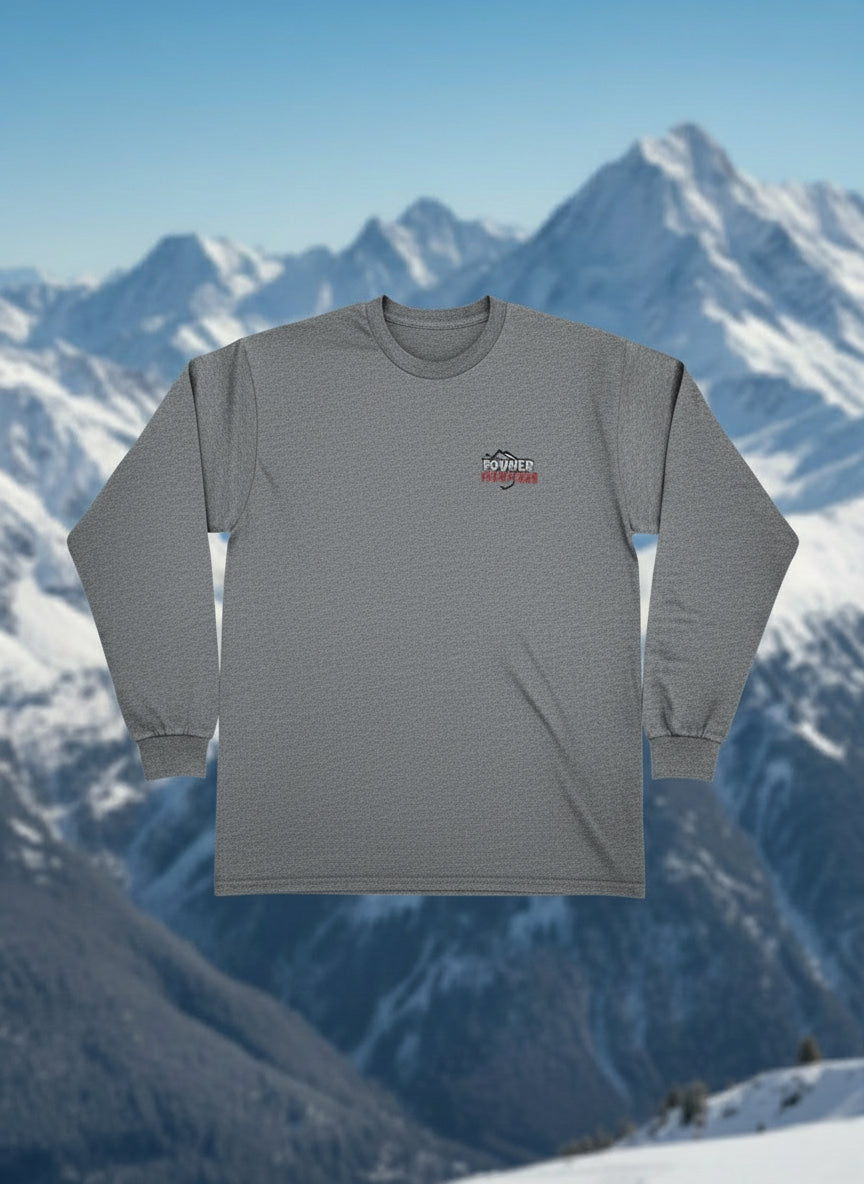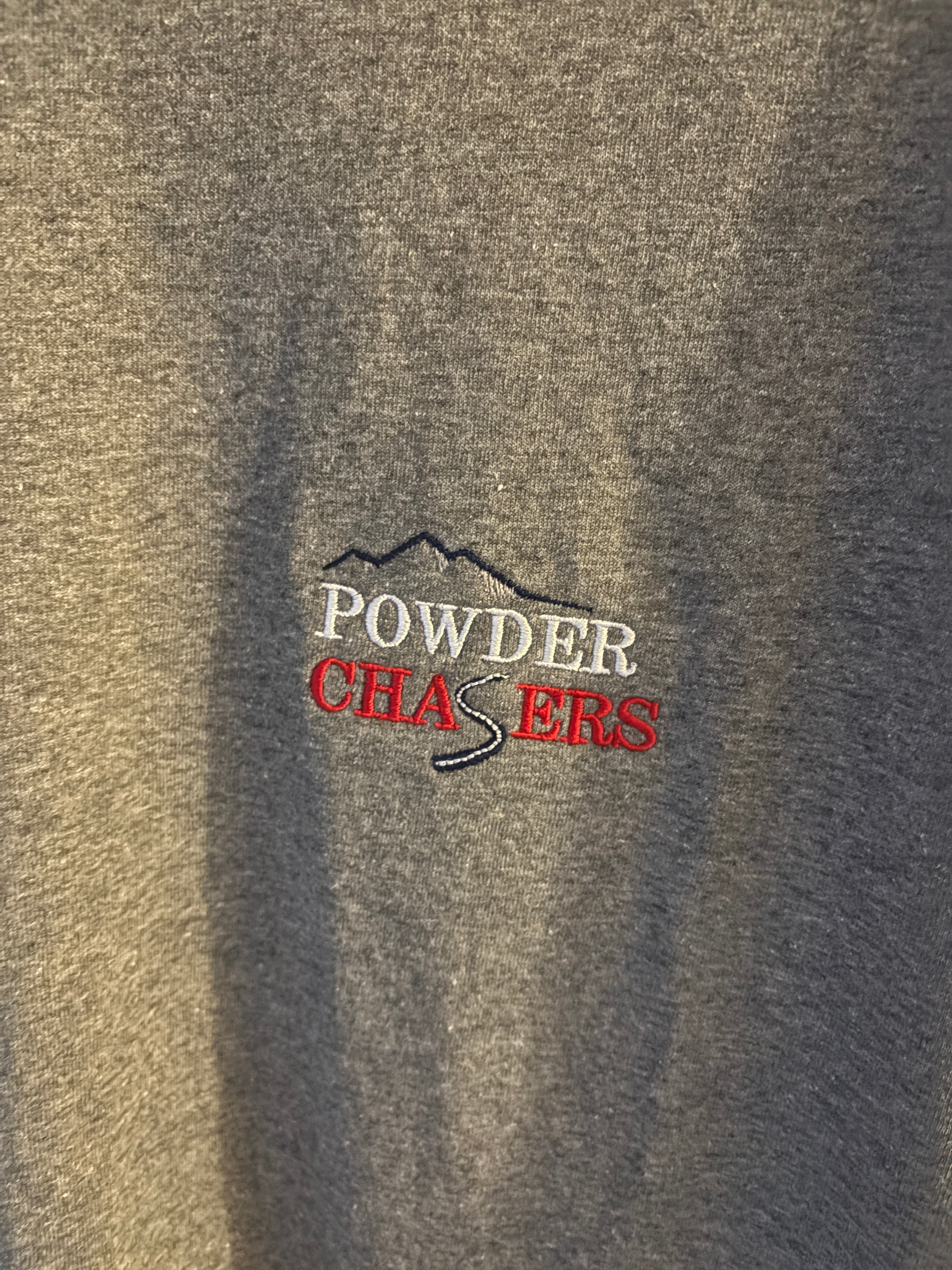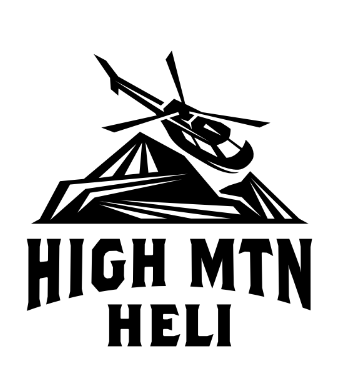There are several more storms to track over the next week, with the most significant once again aimed at the Sierra. A fairly quick moving storm will deliver solid snow totals to the Pacific Northwest before jet stream stalls the storm track right over California. A long duration snowfall event will unfold accompanied by cold temperatures. Eventually, the storm will move east bringing more snow the the Intermountain West.
Storm #1
The first storm will bring more snow to the Northwest, including British Columbia, Alberta, Washington, Oregon, N. Idaho, and Montana. This storm will impact this region from Saturday through Monday. Whistler will be the big winner from this first storm, with another 2+ feet possible. Both Saturday and Sunday look like great days to be there, with 5-10 new overnight. Expect delays and/or limited openings Saturday, as very heavy snowfall occurs. This will likely lead to deep, storm total terrain opening on Sunday, or worst case scenario, Monday. Interior BC will also do well, although the timing isn’t ideal. Most of the heavy stuff will fall during the day on Saturday. If you can catch terrain openings at Revelstoke or Kicking Horse on Sunday that would be pretty good. Alberta will see some light snowfall too, but nothing significant. Below is a map of the total snowfall by the end of the day on Monday for Alberta and BC.
![]()
\" class=\"Apple-web-attachment Apple-edge-to-edge-visual-media Singleton\" style=\"margin: 0px -22.5px; opacity: 1;\" src=\"../image/2021/12/blobid0.png\" alt=\"Screen Shot 2021-12-16 at 8.13.11 PM.png\" width=\"1029\" />
(Image courtesy of Weatherbell)
Mt. Baker will see similar totals (2 + feet), albeit with some warmer temperatures. There should be at least a few inches Saturday morning, followed by heavy snowfall during the day as temperatures warm. A cold front will arrive Saturday night with an additional 5-10” of snow. The timing of the front is a little bit concerning, with limited moisture behind it. Still, a few hours difference in the timing could lead to a really good powder day on Sunday. The rest of Washington will do well also. Stevens Pass (now open) and Snoqualmie will see a little bit less snow overall, 1-2 feet total, and will benefit from a cool low level easterly flow in the passes, likely preventing a changeover to rain at lower elevations. Crystal will wind up in the 1-2 foot range as well, but with the snow spread out over the course of the Friday to Monday period. The best day for all three resorts should be Sunday. Again, the timing of the cold front is key in terms of how much lower density snow falls on top of the heavy stuff after the cold front. The cascades of Oregon will get some snow too, with lesser totals as you move south. Bachelor, Hood, and Timberline could wind up with more than a foot total by the end of the storm, but without any huge overnight dump.
The Idaho panhandle will continue their hot streak with additional snowfall from this storm. Its looking like 12-18” for Schweitzer and Selkirk Powder Guides by Tuesday. The heaviest snow will fall Saturday night, so Sunday morning is looking pretty good. Similar to Washington, there is a warm front in the early part of the storm. Schweitzer may have a little bit better of a chance for more precipitation behind the cold front though. However, as was the last with the last big storm, winds will be an issue. They should calm down for Sunday, but the upper mountain snow will likely be significantly wind affected.
Finally, some snow will make its way into Northwestern Montana as well. Teton Pass, MT will open with a sweet powder day today, and more snow is expected this weekend. The timing is a little bit later, but Teton Pass and Whitefish will see solid totals. Both resorts could eclipse a foot by the end of the day Tuesday, with the heaviest Sunday night to Monday. Showdown will see some light to moderate snow as well.
Storm #2
Now here is where things get exciting. A possible long duration, multi-powder day event is showing up in the models for the Sierra next week. An upper level trough (storm) will remain in a similar location for many days. The upper atmosphere will take on what’s called a Wave 3 pattern, which is a common snow producing setup during the winter months. In the image below, you can see there are three troughs (storms) and three ridges (dry) over the Northern Hemisphere. When this pattern does setup, it often lasts for extended periods of time, rather than a more progressive pattern featuring many more troughs/ridges (which is what we currently have going on).
(Image courtesy of Weatherbell)
Now in the GIF below, you can see that once this pattern sets up, it remains mostly in place for a long time. First the trough (storm) sets up off the California coast and hangs out there for a couple days. It then moves a little bit east, and inland, but once again stalls over the Western US, centered near Washington, for another 5 or 6 days before finally starting to weaken and move on. The end of this setup is definitely in the long range, and thus is a little less reliable. However, the models do agree on this pattern so confidence is pretty high.
(Image courtesy of Weatherbell)
![]()
\" class=\"Apple-web-attachment Singleton\" style=\"opacity: 1;\" />The end result of all this is a steady stream of moisture for the Sierra from Tuesday the 21st through at least the following Tuesday and possibly the end of the month. The American deterministic model is showing over 150” in the Sierra by Tuesday. While the European and Canadian models aren't quite as bullish, they too show over 5 feet during that period.
Ensemble forecats show similarly massive totals during this time. For example, below is the precipitation output for Sugarbowl through just Sunday December 26th. The mean of the ensembles is over 8” of water. That would translate to approximately 8 feet of snow. Again, the storm will potentially linger for a few more days after as well.
(Image courtesy of OpenSnow)
Equally important are the temperatures though. Below is the 7 day temperature anomaly at ~5k elevation ending on January 1st. You can see that through this entire period the average temperature anomaly is 5 to 6 degrees below normal. At the moment, winds look to be strong, but not insane, as was the case with the last storm. The 24 hour snow totals also look impressive, but not insane like the last big storm. This is important too, as this will potentially allow the resorts to stay open every day and possibly get some good terrain open. We really like the looks of this pattern.
Before we sign off for the day, we have to mention the snow headed for the east this weekend. The main reason for mentioning a moderate storm is because I am getting married in Vermont on Sunday. What could be better than riding powder on your wedding day? Right now its looking like 5-10” total from Saturday to Sunday for central VT/NH, with most of that falling overnight. If this pans out, you just might find me at Killington in the morning before the afternoon reception. Its been a bit of a struggle lately in New England, with warm temps and rain, but this should help get things back on track. Totals will likely decrease as you move north in the region.
Alright, that’s all for today. Hoping for wedding and honeymoon powder!
Luke














